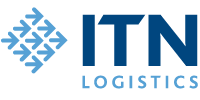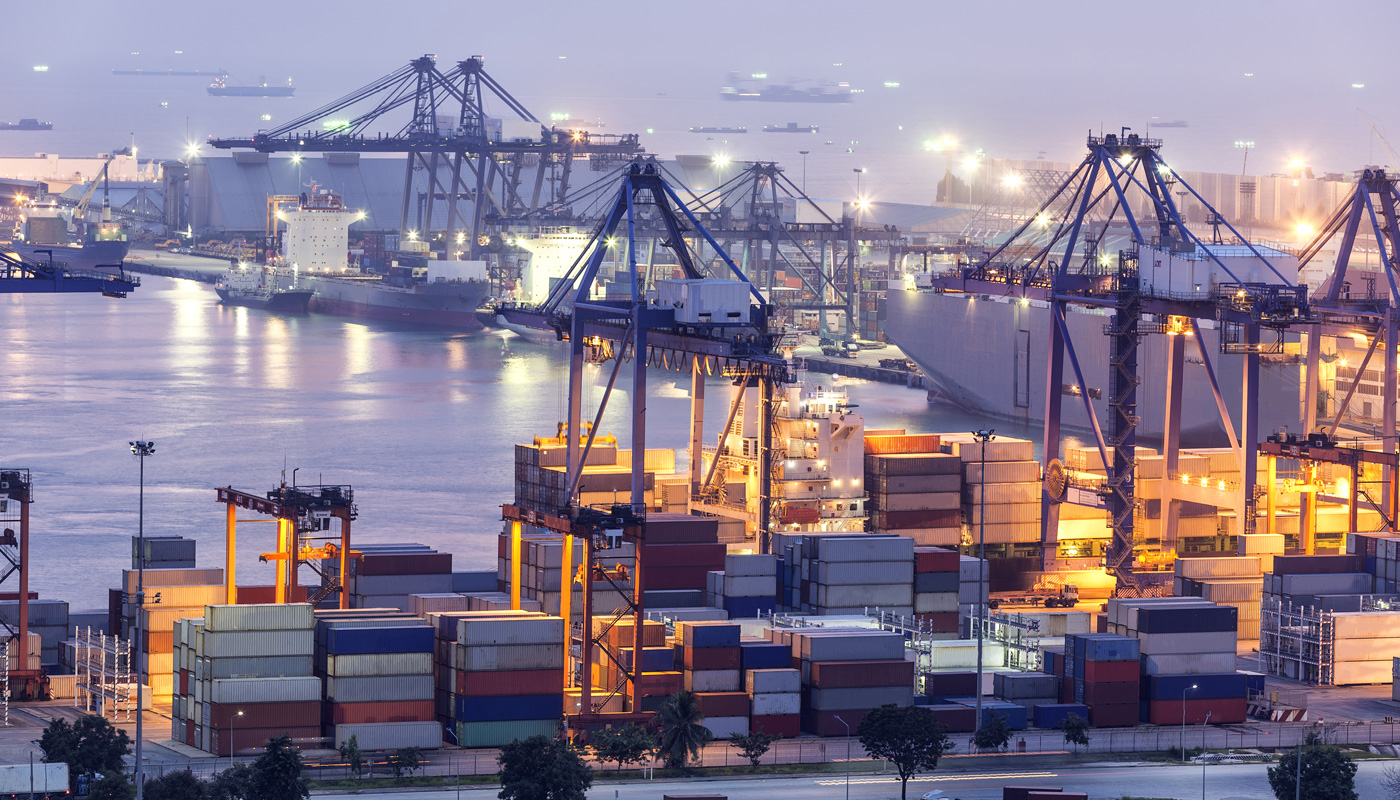Dear Customers,
With the IMO 2020 implementation date fast approaching, we would like to offer a brief overview of the regulation and the impact on the maritime transport.
In 1973, The International Maritime Organization (IMO) developed The International Convention for the Prevention of Pollution from Ships (MARPOL), in an effort to minimize the pollution of the oceans and the seas.
MARPOL is divided in 6 Annexes, each dealing with a category of pollutants. Annex VI came into force back in 2005, regulating the air pollution emitted by the ships, and establishing a cap for the Sulphur Oxides (SOx) emission, known for the harmful effect on human health and environment through air pollution.
Starting January 1st, 2020, the new MARPOL Annex VI fuel regulation, known as IMO 2020, comes into effect. The regulation caps the sulphur content in the bunker fuel to 0.5% for all commercial shipping vessels, a decrease of over 80% from the current cap of 3.5%.
For more information on IMO 2020 please visit http://www.imo.org/en/mediacentre/hottopics/pages/sulphur-2020.aspx.
In order to comply with the new regulation, the Carriers have a few choices:
– Use a complaint fuel oil with a sulphur content not exceeding 0.5% ;
– Install Exhaust Gas Cleaning Systems (scrubbers) on their vessels, when fuel with a higher content of sulphur is used;
– Use alternative fuel ( i.e LNG, methanol )
No matter the path the Carriers take to ensure compliance, they face significant increase in their operating costs. The initial annual cost increase for the industry in the first years is estimated at $60 billion, leading to an increase in freight costs worldwide.
The carriers are starting to introduce Surcharges applicable as early as December 1st, 2019. The surcharges vary with the carrier, type of equipment and the trade lane, and could range from USD 100 to USD 200 per 20 DV and USD 200 to USD 400 / 40’ DV container.
Please contact your ITN Sales Representative to confirm the level of surcharges applicable to your contract.
Thank you,
ITN Marketing Team
Sources:
https://en.wikipedia.org/wiki/MARPOL_73/78
https://www.iata.org/publications/economics/Reports/IMO-2020.pdf
http://www.imo.org/en/MediaCentre/HotTopics/Documents/Sulphur%202020%20infographic%202%20page.pdf

